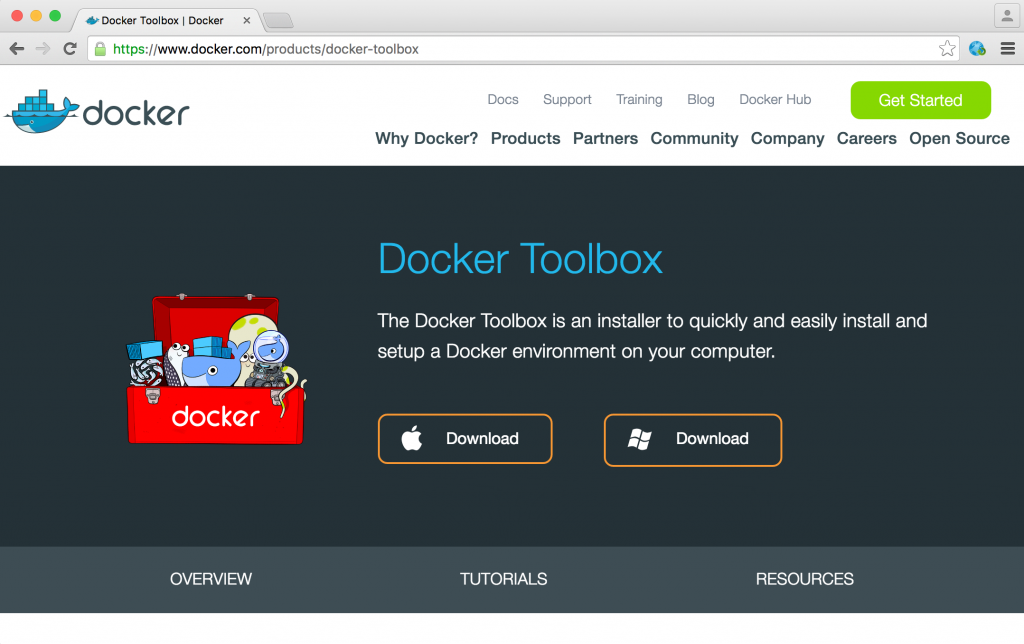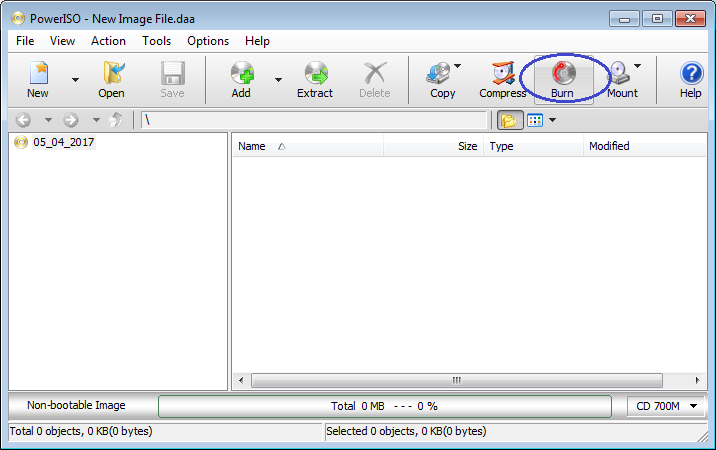Download Docker For Mac
Posted : admin On 12/7/2019- Download Docker For Mac Without Login
- Download Docker For Mac Using Brew
- Download Docker Client For Mac
- Download Docker For Mac For Free
- Download Docker For Mac Without Logging In
Jul 28, 2016 Today, we are excited to announce that Docker for Mac and Docker for Windows are graduating from beta and are now stable and ready for production. We want to give a big thank-you to the tens of thousands of developers and system administrators who helped us find bugs and came up with ideas for tweaks and improvements. Docker for Developers. Building and deploying new applications is faster with containers. Docker containers wrap up software and its dependencies into a standardized unit for software development that includes everything it needs to run: code, runtime, system tools and libraries. Docker for Developers. Building and deploying new applications is faster with containers. Docker containers wrap up software and its dependencies into a standardized unit for software development that includes everything it needs to run: code, runtime, system tools and libraries. Getting Started Install Docker on macOS Install Docker on macOS. Docker for Mac offers a Mac native application that installs in /Applications.It creates symlinks (symbolic links) in /usr/local/bin for docker and docker-compose to the Mac versions of the commands in the application bundle. The Docker for Mac bundle installs.
Legacy desktop solution. Docker Toolbox is for older Mac and Windows systems that do not meet the requirements of Docker Desktop for Mac and Docker Desktop for Windows. We recommend updating to the newer applications, if possible.
Estimated reading time: 9 minutesToday, we are excited to announce that Docker for Mac and Docker for Windows are graduating from beta and are now stable and ready for production. We want to give a big thank-you to the tens of thousands of developers and system administrators who helped us find bugs and came up with ideas for tweaks and improvements. Jan 30, 2018 Today we are excited to announce the beta for Docker for Windows Desktop with integrated Kubernetes is now available in the edge channel! This release includes Kubernetes 1.8, just like the Docker for Mac and Docker Enterprise Edition and will allow you to develop Linux containers. The easiest way to get Kubernetes on your desktop is here. The dock in Mac OS X is intuitive, customizable, and aesthetically pleasing, which is a stark difference from its clunky Windows alternative. In fact, in Windows, it takes both the Start menu and taskbar to accomplish what Apple's dock does—but it doesn't have to be like that. Below, I'll show you how to add an OS X-inspired dock on any PC running Windows XP or higher.
Docker Toolbox provides a way to use Docker on older Macsthat do not meetminimal system requirements for Docker Desktop for Mac.
What you get and how it works
Download Docker For Mac Without Login
Docker Toolbox includes the following Docker tools:
- Docker CLI client for running Docker Engine to create images and containers
- Docker Machine so you can run Docker Engine commands from macOS terminals
- Docker Compose for running the
docker-composecommand - Kitematic, the Docker GUI
- the Docker QuickStart shell preconfigured for a Docker command-line environment
- Oracle VM VirtualBox
Because the Docker Engine daemon uses Linux-specifickernel features, you can’t run Docker Engine natively onmacOS with Docker Toolbox. Instead, you must use theDocker Machine command, docker-machine, to create andattach to a small Linux VM on your machine. This VM hostsDocker Engine for you on your Mac.
Tip: One of the advantages of the newerDocker Desktop for Mac solution is thatit uses native virtualization and does not requireVirtualBox to run Docker.
Step 1: Check your version
Your Mac must be running macOS 10.8 “Mountain Lion” or newer to run Dockersoftware. To find out what version of the OS you have:
Choose About this Mac from the Apple menu.
The version number appears directly below the words
macOS.If you have the correct version, go to the next step.
If you aren’t using a supported version, you could consider upgrading your operating system.
If you have macOS 10.10.3 Yosemite or newer, consider using Docker Desktop for Mac instead. It runs natively on the Mac, so there is no need for a pre-configured Docker QuickStart shell. It uses the native macOS Hypervisor framework for virtualization, instead of Oracle VirutalBox. Full install prerequisites are provided in the Docker Desktop for Mac topic in Docker Desktop for Mac.
Step 2: Install Docker Toolbox
Note: Docker are no longer maintaining the download.docker.com url forDocker Toolbox, therefore an unsigned warning (verified publisher dialog) isdisplayed during the installation process.
To download the latest version of Docker Toolbox, go to ToolboxReleases and download thelatest
.pkgfile.Install Docker Toolbox by double-clicking the package or by right-clickingand choosing “Open” from the pop-up menu.
The installer launches an introductory dialog, followed by an overview of what’s installed.
Press Continue to install the toolbox.
The installer presents you with options to customize the standard installation.
By default, the standard Docker Toolbox installation:
- installs binaries for the Docker tools in
/usr/local/bin - makes these binaries available to all users
- updates any existing Virtual Box installation
For now, don’t change any of the defaults.
- installs binaries for the Docker tools in
Press Install to perform the standard installation.
The system prompts you for your password.
Provide your password to continue with the installation.
When it completes, the installer provides you with some shortcuts. You can ignore this for now and click Continue.
Then click Close to finish the installer.
Step 3: Verify your installation
To run a Docker container, you:
- create a new (or start an existing) Docker Engine host running
- switch your environment to your new VM
- use the
dockerclient to create, load, and manage containers
Once you create a machine, you can reuse it as often as you like. Like anyVirtual Box VM, it maintains its configuration between uses.
Open the Launchpad and locate the Docker Quickstart Terminal icon.
Click the icon to launch a Docker Quickstart Terminal window.
The terminal does a number of things to set up Docker Quickstart Terminal for you.
Click your mouse in the terminal window to make it active.
If you aren’t familiar with a terminal window, here are some quick tips.
The prompt is traditionally a
$dollar sign. You type commands into thecommand line which is the area after the prompt. Your cursor is indicatedby a highlighted area or athat appears in the command line. Aftertyping a command, always press RETURN.Type the
docker run hello-worldcommand and press RETURN.The command does some work for you, if everything runs well, the command’s output looks like this:
Optional: Add shared directories
By default, Toolbox only has access to the /Users directory and mounts it intothe VMs at /Users. If your project lives elsewhere or needs access to otherdirectories on the host filesystem, you can add them.
Use the VirtualBox GUI
You can configure shared folders in the VirtualBox UI.
Open the VirtualBox UI.
Click the Settings gear, then go to Shared Folders.
Select any existing listing under Machine Folders, thenclick the + icon.
Choose the Folder Path on the host, enter the Folder Namefor within the VM (or take the default, which is the same nameas on the host), and configure any additional options you need.
Choose Auto-mount if you want the folder to automaticallybe mounted into the VM, and choose Make Permanent for itto be considered a permanently shared folder.
Click OK to add the new folder to the Shared Folders list.
Click OK again to save your changes and exit the Settings dialog.
Use the command line
You can configure shared folders using a command like the following:
This command mounts /some/mount/location into the VM at /your-other-share-hame,owned by UID 1000 and GID 50.
Note: The autommount and permanent mount options are not supported usingthe command line.
How to uninstall Toolbox
Removing Toolbox involves removing all the Docker components it includes.
Download Docker For Mac Using Brew
A full uninstall also includes removing the local and remote machinesyou created with Docker Machine. In some cases, you might want to keepmachines created with Docker Machine.
For example, if you plan to re-install Docker Machine as a part ofDocker Desktop for Mac you can continue to manage those machines throughDocker. Or, if you have remote machines on a cloud provider and youplan to manage them using the provider, you wouldn’t want to removethem. So the step to remove machines is described here as optional.
To uninstall Toolbox on a Mac, do the following:
Download Docker Client For Mac
List your machines.
Optionally, remove each machine. For example:
This step is optional because if you planto re-install Docker Machine as a partof Docker Desktop for Mac, you can import andcontinue to manage those machines through Docker.
In your “Applications” folder, remove the “Docker” directory,which contains “Docker Quickstart Terminal” and “Kitematic”.
Run the following in a command shell to fully remove Kitematic:
Remove the
docker,docker-compose, anddocker-machinecommands fromthe/usr/local/binfolder. Docker Desktop for Mac and Brew may also haveinstalled them; in case of doubt leave them, or reinstall them via Brew, orrerun Docker Desktop for Mac (no need to reinstall it).Optionally, remove the
~/.docker/machinedirectory.This directory stores some configuration and/or state, such as informationabout created machines and certificates.
Uninstall Oracle VirtualBox, which is installed as a part of theToolbox install.
Download Docker For Mac For Free

Download Docker For Mac Without Logging In
Next steps
Try the Get started tutorial.
Dig in deeper with more tutorials and examples on building images, running containers, networking, managing data, and storing images on Docker Hub.
